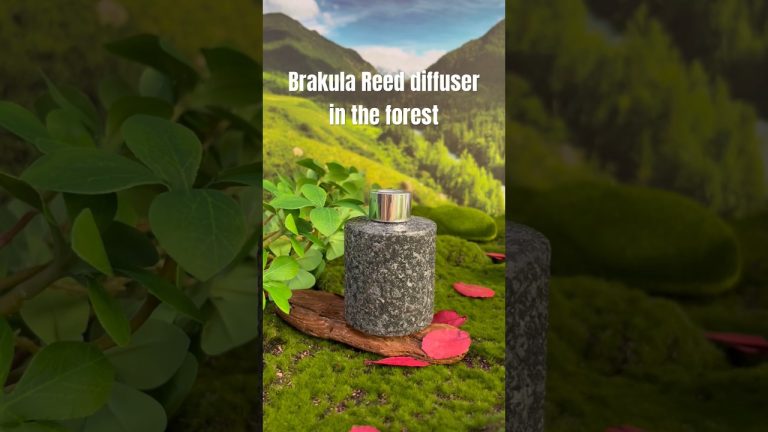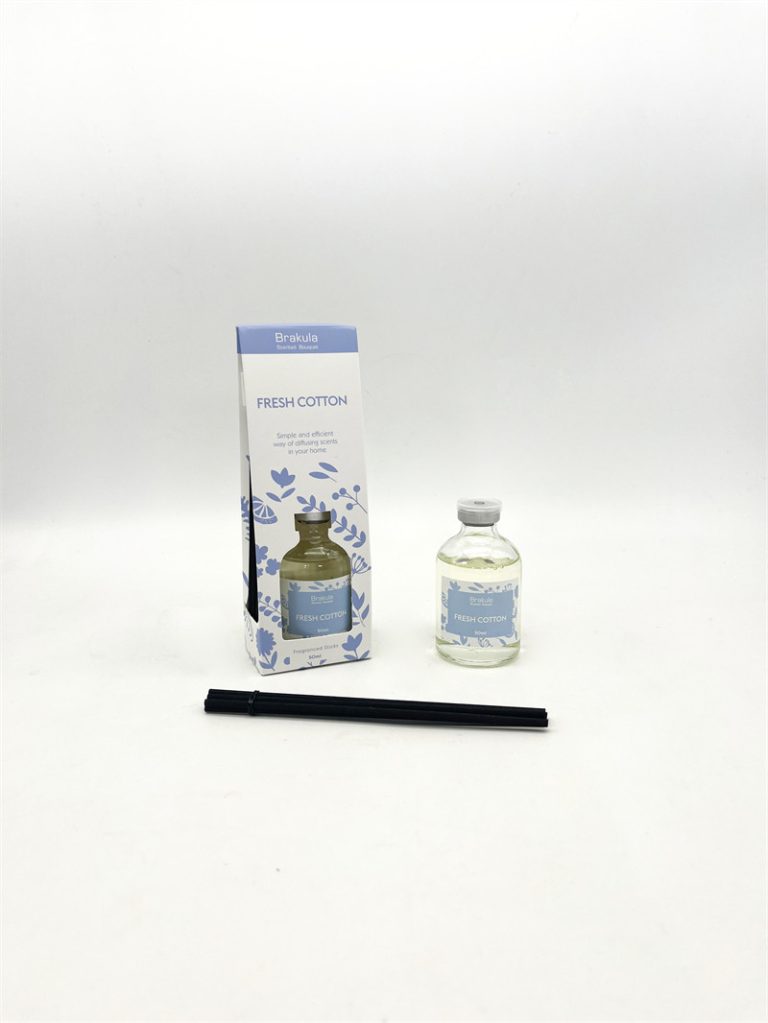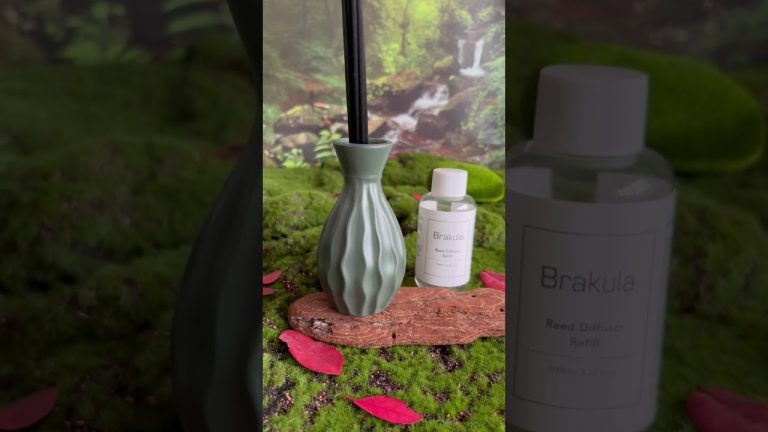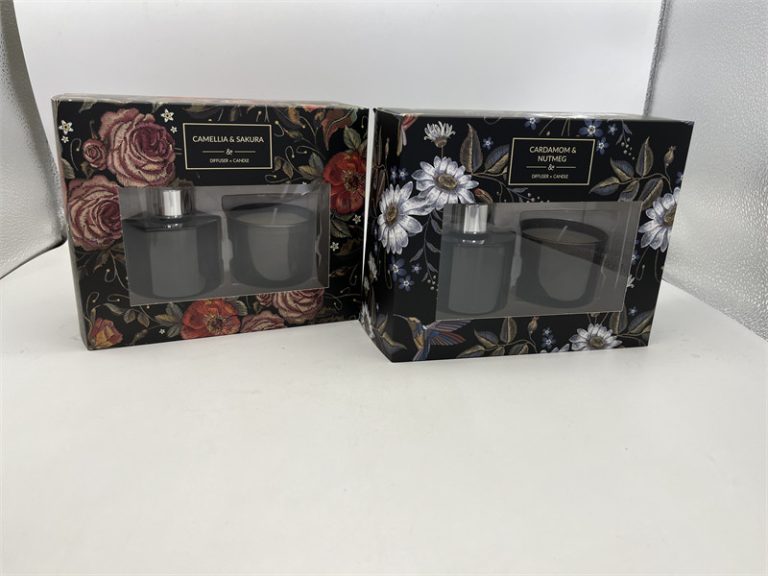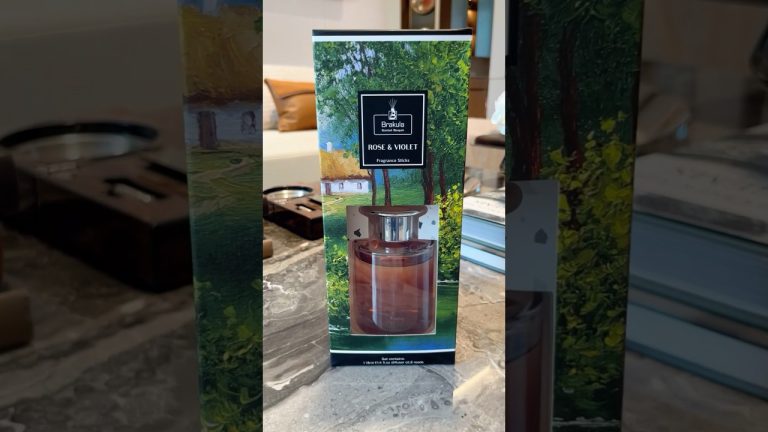Table of Contents
The Essence of Arabic Perfume
| Article Name | Air Freshener |
| Material | Wood |
| Suitable for | Basement |
| Scents | Camellia & Sakura, Pomegranate |
| Capacity | Multiple Scent |
| Color | Silver |
| Origin | China Manufacturer |
| Duration | 1 year |
Arabic perfume, often referred to as “Attar” or “Ittar,” is a traditional fragrance that holds a significant place in Middle Eastern culture. These perfumes are typically alcohol-free and are made from natural ingredients such as flowers, spices, and herbs. The absence of alcohol allows the scent to last longer on the skin, making it a preferred choice for many.
Attar has been used for centuries, dating back to ancient civilizations in the Arabian Peninsula. This rich history contributes to the allure of Arabic perfumes, as each blend tells a story through its unique fragrance profile. They are often crafted using age-old techniques passed down through generations, ensuring that the art of perfumery remains deeply rooted in tradition.
hotel aroma
The process of creating Attar involves careful distillation and blending of various natural elements. Each component is chosen for its aromatic properties, resulting in complex and layered scents. Unlike Western perfumes that often utilize synthetic ingredients, Arabic fragrances emphasize the purity and richness of nature’s offerings, appealing to those who appreciate authenticity in their scents.
Popular Ingredients in Arabic Perfumes
Arabic perfumes are renowned for their unique and exotic ingredients. One of the most common components is Oud, a precious resin derived from the Aquilaria tree. Known for its deep, woody aroma, Oud is often considered the heart of many Arabic fragrances. Its luxurious scent evokes a sense of sophistication and depth, making it a staple in the world of perfumery.
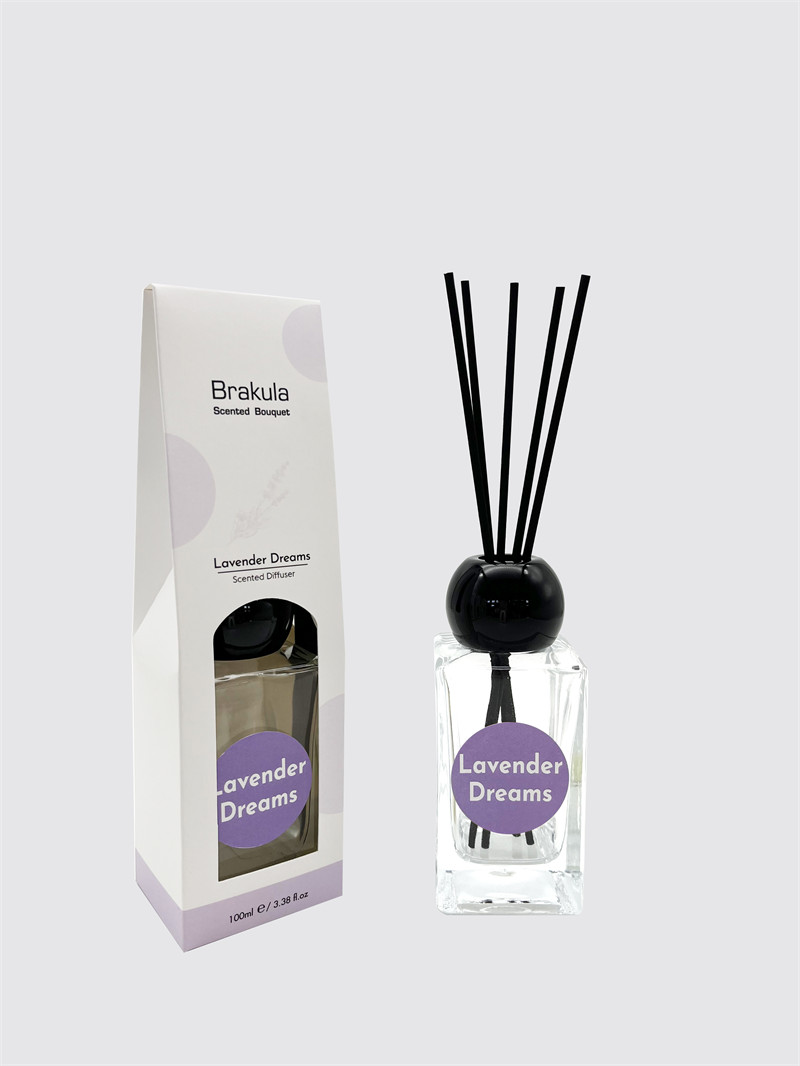
Another popular ingredient is Rose, particularly the Damask rose, which adds a floral sweetness to various blends. The combination of these two elements—Oud and Rose—creates an intricate balance that is both captivating and timeless. Many Arabic perfumes also incorporate spices like saffron and cardamom, providing warmth and complexity that enhance the overall fragrance experience.
In addition to these traditional elements, modern Arabic perfumes may include other botanicals such as jasmine, sandalwood, and musk. Each ingredient not only contributes to the scent but also reflects the cultural significance and heritage of the region. The art of blending these diverse notes showcases the creativity and craftsmanship involved in producing Arabic fragrances.
The Cultural Significance of Arabic Perfume
In Middle Eastern culture, perfume is more than just a pleasant scent; it is an essential part of daily life and social interactions. Fragrance plays a vital role in hospitality, where offering perfume to guests is seen as a sign of respect and generosity. It is common for individuals to carry small vials of Attar to apply throughout the day, enhancing personal presence and leaving a lasting impression.
https://reedaromalab.com/tag/high-grade-aroma-diffuser-china-manufacturer
Moreover, Arabic perfume is often associated with rituals and celebrations. For instance, during weddings and religious festivals, special fragrances are used to mark these significant occasions. The act of applying perfume can be a ritualistic practice, symbolizing beauty and self-care, while also serving as a means of connecting with one’s cultural identity.
The global popularity of Arabic perfumes has also risen, influencing fragrance markets worldwide. Many people are drawn to the rich, bold scents that stand in contrast to lighter Western fragrances. This growing interest has led to the fusion of traditional Arabic perfumery with contemporary trends, creating new possibilities for fragrance enthusiasts around the globe.

